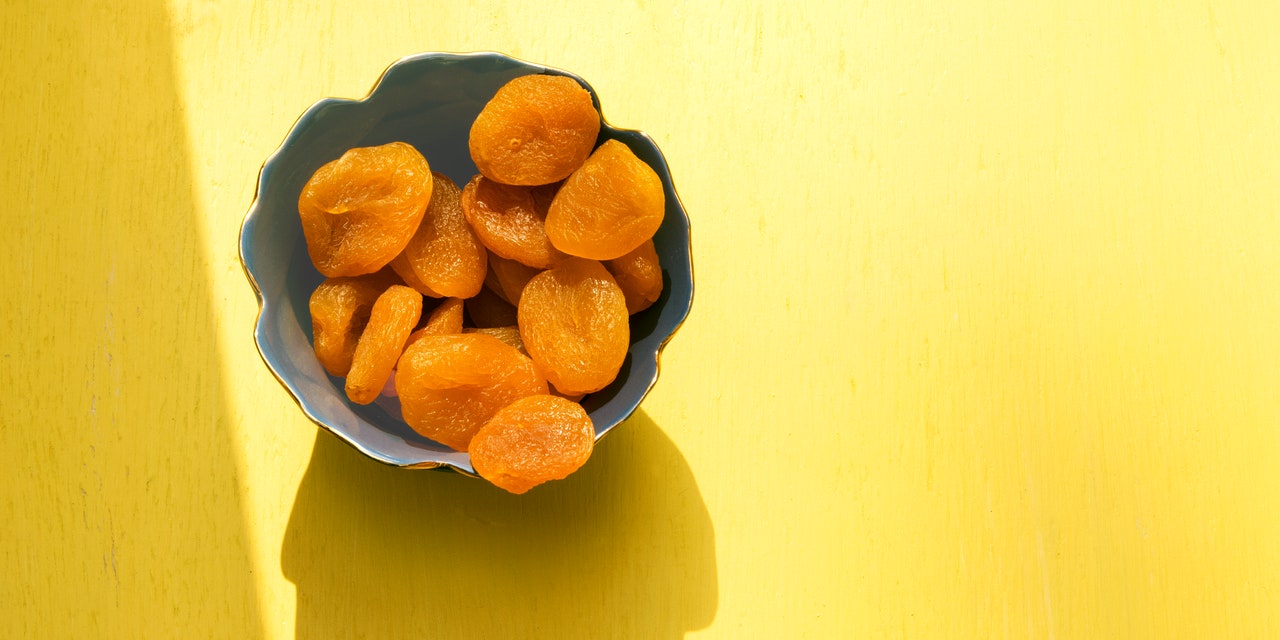If you had to pick an example of a potassium-rich food, bananas would probably immediately jump to mind. But after rattling that off, you might find yourself grasping for other facts about that mineral: What does potassium actually do?!
We’ve got you covered on that question and more. We spoke with several registered dietitians to nail down which other foods are rich in potassium, how to creatively incorporate them into your dishes—and why making sure you do so is so important. Below, everything you need to know about that important (and often overlooked) mineral.
Okay, so what does potassium do for your body, anyway?
There are tons of benefits of potassium, but before we get into those, let’s take a step back and talk about what it actually is. Potassium is a special type of mineral called an electrolyte—yep, like what you drink in Gatorade, Kristie Lancaster, PhD, RD, an associate professor in the nutrition and food studies department at New York University, tells SELF. Minerals, along with vitamins, are considered micronutrients, and they’re essential to your well-being. With the exception of vitamin D, your body can’t naturally produce them, so you have to get them from food sources, according to the Centers for Disease Control and Prevention (CDC).
Potassium in particular supports your body in many ways: It helps regulate fluid levels inside your cells, ensuring they take in all the water they need to work properly, says Dr. Lancaster. In fact, maintaining adequate potassium levels is necessary for proper heart, kidney, and muscle function, according to the National Institutes of Health (NIH).
READ RELATED: Green revolution: how I learned to be an eco warrior, one step at a time
The mineral can also play a role in stabilizing blood pressure, too. That’s because potassium helps your body excrete sodium—another electrolyte which, when taken in excess, may lead to hypertension. It can also help relax your blood vessels, increasing blood flow and reducing blood pressure levels, Jerlyn Jones, RDN, an Atlanta-based registered dietitian, tells SELF.
With all those benefits of potassium, it’s not really a surprise that there can be some serious issues if your body doesn’t have enough of it. In most cases, low potassium levels occur when you lose too much of it through your GI tract, like through vomiting or diarrhea. (Though in rare situations, it can be caused by not eating enough of it in your diet.) If you have this condition, you can experience constipation, tiredness, heart palpitations, and tingling, according to the Cleveland Clinic. In more severe cases, the lack of potassium can lead to muscle cramps or twitching, lightheadedness, or irregular heart rhythms.
How much potassium do you need?
For most adults, the daily recommended amount of potassium ranges from 2,600 mg to 3,400 mg per day, according to the NIH—and, the organization says, most folks don’t typically hit those levels.
If you want to up your game, look to your meals, says Jones. In most cases, unless your health care provider says otherwise, getting your daily values from various food and beverage sources—rather than supplements—is going to be your best bet, she says. That’s because you’re also snagging other important macronutrients and micronutrients, like proteins, fats, carbs, vitamins, and fiber, at the same time, says Dr. Lancaster. Whereas if you’re taking a potassium supplement on its own, you could be missing out on all those extras.




